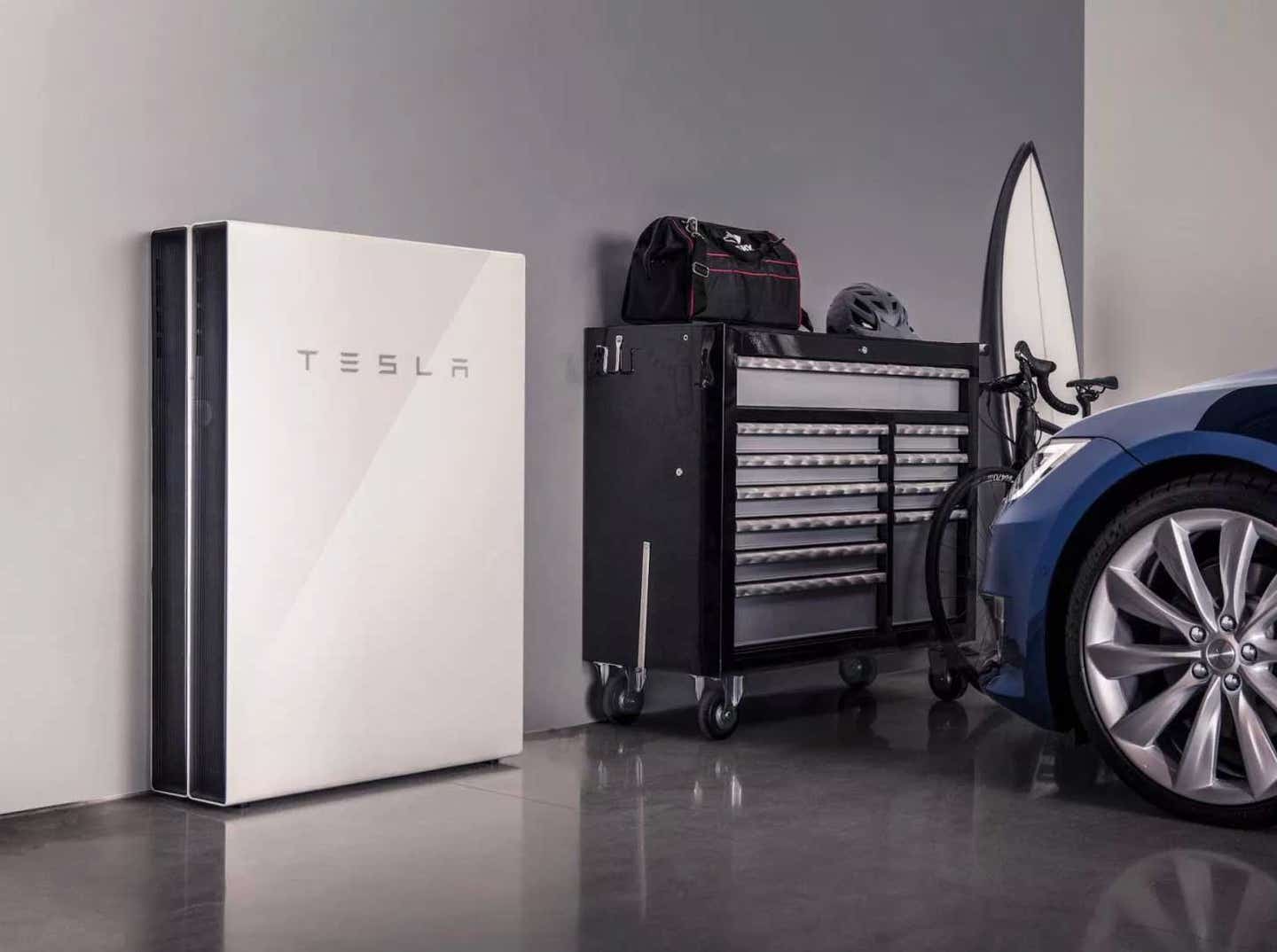Collective battery storage beneficial for reducing global CO2 production
Batteries are a game-changing technology as we decarbonize our economy, and their benefits are even greater when shared across communities

[July 5, 2021: University of Otago]
Batteries are potentially a game-changing technology as we decarbonize our economy, and their benefits are even greater when shared across communities, a University of Otago-led study has found.
Co-author Associate Professor Michael Jack, Director of the Energy Program in the Department of Physics, says reducing costs are seeing rapid deployment of batteries for household use, mainly for storing solar and wind power for later use, but they could have a variety of uses in a future electricity grid.
"For example, they could be used to feed energy back into the grid when there is a shortfall in renewable supply. Or they could allow a house to reduce its demand on the grid during times of constraint, thus reducing the need for expensive new lines.
"As we move towards more renewable energy, and increase our use of electric vehicles, these services would be beneficial to a local community and the national grid, not just the individual house with the battery," he says.
The study, published in journal Energy & Buildings, focused on finding the capacity a battery would need to have to keep the peak demand below a certain value for both individual houses and a group of houses.
The researchers considered both load smoothing around the average, and peak shaving, where the battery ensures grid power demand does not exceed a set threshold.
"Our key result is that the size of the battery required for this purpose is much smaller—up to 90 percent smaller—if the houses are treated collectively rather than individually. For instance, if peak shaving occurred for demand above 3kW per house, deploying batteries individually for 20 houses would require 120kWh of storage, whereas deploying them collectively would only require 7kWh. Sharing batteries or having one battery per 20 houses will be a much cheaper approach to providing these services.
"Another important finding was that as peaks are mainly in winter, the battery would still be largely available for storing energy from solar cells in summer, so this would be an additional service and not competing with the main use of the battery," Associate Professor Jack says.
While electricity markets are not currently set up to harness this potential, the situation is rapidly changing.
"There is currently a trial lead by Aurora Energy and SolarZero to use batteries in the way we have described in our paper to solve issues with constrained lines in upper Clutha. Once proven, this model has the potential to become much more widespread," he says.
In the future, many households may have batteries and be using these, or batteries within their electric vehicles, to provide services to the grid. These batteries and other appliances in homes and businesses will have smart controllers that enable them to reduce demand or feed electricity back into the grid to accommodate the fluctuations of variable renewable supply and minimize the need for grid infrastructure. People responding in this way would be paid for their services to the wider grid.
An ecoLinx battery unit in a Soleil Lofts apartment outside Salt Lake City. The cells in the development collectively form what’s called a virtual power plant. Credit: Lindsay D'Addato for The New York Times
"This could enable a much lower cost, collective route to decarbonizing New Zealand's energy system."
Like these kind of feel good stories? Get the Brighter Side of News' newsletter.
Tags: #Green_Good_News, #Batteries, #CO2, #The_Brighter_Side_of_News
Joseph Shavit
Head Science News Writer | Communicating Innovation & Discovery
Based in Los Angeles, Joseph Shavit is an accomplished science journalist, head science news writer and co-founder at The Brighter Side of News, where he translates cutting-edge discoveries into compelling stories for a broad audience. With a strong background spanning science, business, product management, media leadership, and entrepreneurship, Joseph brings a unique perspective to science communication. His expertise allows him to uncover the intersection of technological advancements and market potential, shedding light on how groundbreaking research evolves into transformative products and industries.



